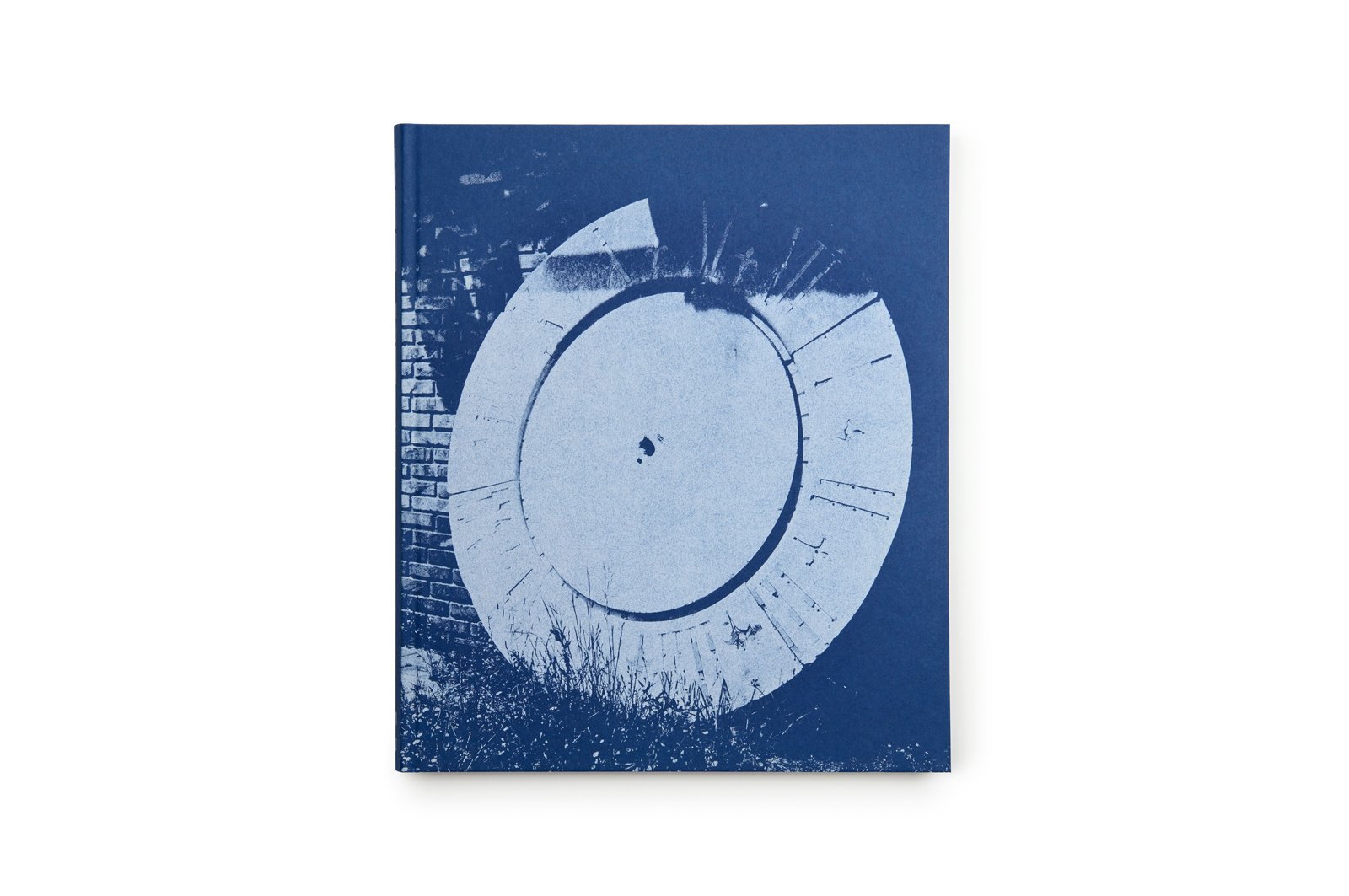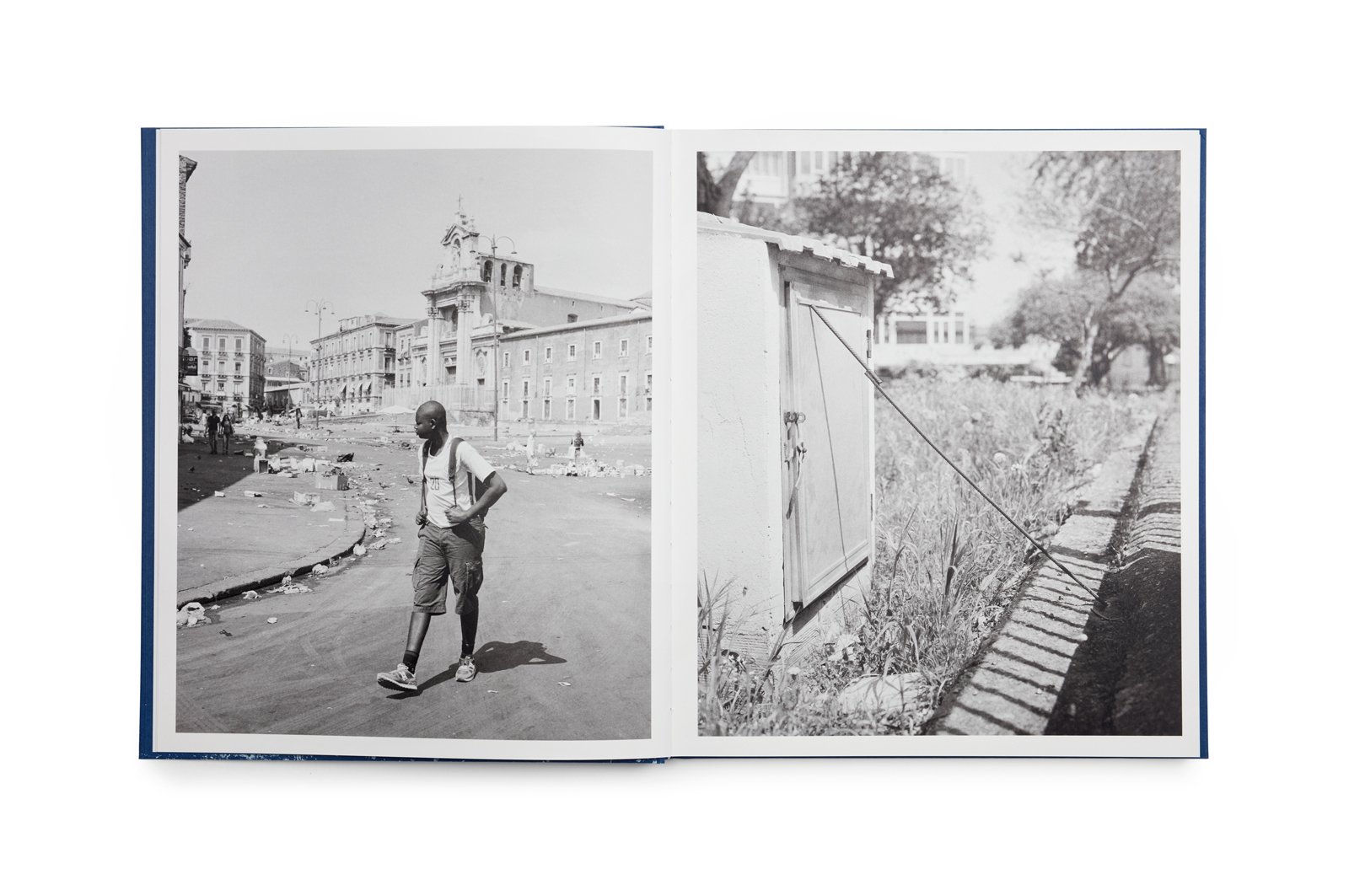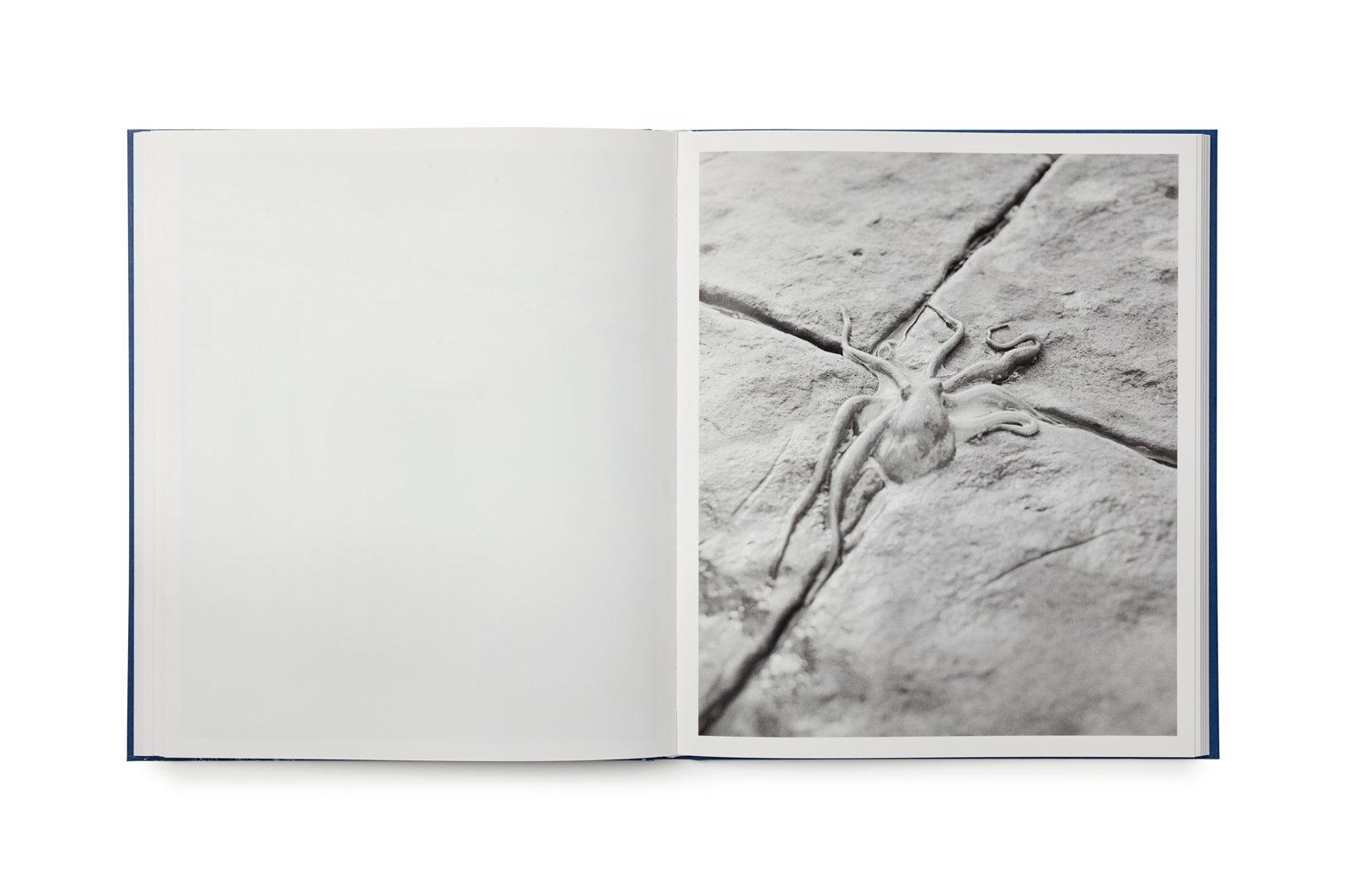A lyrical, literary journey through cities along the Mediterranean Sea
British Journal of Photography
September 2021
Massao Mascaro, Sub Sole (Paris: Chose Commune, 2021) Photographs © Massao Mascaro.
At only 31 years old, French-born, Brussels-based photographer Massao Mascaro has produced three projects that eloquently function individually, but also when considered together as “a Mediterranean triptych.” He reflects, “the three works really taught me to be a photographer, to have serious doubts, but also to have confidence in the way I look at things.” This fall, Sub Sole—his third project, made between 2017 and 2021—is the subject of an exhibition at Fondation A Stichting in Brussels and a monograph published by Chose Commune.
“Walking is a fundamental part of my process,” he tells me. “It allows me to activate a movement of thought, as if the constant search for balance that is walking (one foot on the ground, then the other), makes me entirely porous and available for viewing the outside world.” Mascaro works quickly in the field, using his medium-format camera—loaded with black-and-white film— to “accumulate photographs, like fragments of memory, that will become my working material later.“
For Sub Sole, Mascaro spent nearly a month in each of seven cities along the Mediterranean Sea—Ceuta, Naples, Palermo, Athens, Istanbul, Tunis, and Lampedusa—his roadmap based on Ulysses’ voyage in The Odyssey. He comments, “this founding myth seemed ideal for geographically exploring a wider Mediterranean,” importantly traversing routes of contemporary migration. This interest in migration developed during his first project, Ramo, in which he traveled to the Southern Italian village where his grandparents lived before immigrating to Northern France. “Starting from the web of a family story,” Mascaro explains, “I encountered the web of a larger story: the Mediterranean one, the story of its numerous departures, of its real economic difficulties, of a peasant world on the decline, of a still archaic Calabria, of its young people who, even today, flee the South to work in the North.” Sub Sole is ambitious in its far-reaching subject matter, nimbly alluding to and weaving together narratives around “European culture, mythologies, southern Europe, and migration.”
Mascaro takes a subtle approach in this project, sequencing his lyrical pictures to suggestive— sometimes enigmatic—effect. The distinctive light of the South “transfigures reality” for Mascaro, oscillating between illumination and obliteration, a tension tangible throughout the work. Walls, fences, and obstructions, fragmented sea views, and plant life, surviving despite seemingly untenable conditions, appear repeatedly. These images contextualize Mascaro’s arresting portraits—often migrants around his own age—that convey a dignity, though vulnerability is also indelibly written into their young faces, awash in the Southern sun. “The sun and the sea,” Mascaro asserts, “are the two protagonists of Sub Sole. And I turn my back completely to them, one by physical constraint (the sun), the other by artistic choice (the sea). Which leads me to talk about the detour, which is fundamental in my work process. The detour is almost like a poetic tool. You want to talk about something, but to talk about it, you choose never to directly show or mention it. In fact, it’s a kind of parable.”
For Mascaro, literature—from short stories to theory—is important to his creative process. “Reading allows me to nurture an imagination without filling it with images,” he explains. “That is, the work of image creation remains to be done.” Diverse texts related to the sun informed his picture-making in Sub Sole and are also evident in the project’s book form.
“I had in mind the repetitive movement of waves,” evokes Mascaro in discussing the book’s sequencing. “And, at the same time, the idea that each wave is unique.” Sub Sole is comprised of nine “short visual poems” that share a visual sensibility, but vary in tenor and number of images included. Literary excerpts in different languages introduce each section, discretely integrated along the pages’ bottom edges. “The text fragments act like compasses (sometimes which direct, sometimes which deceive), so that one does not get lost in too many photographs,” he observes. The project’s title—Sub Sole— is itself a fragment, excerpted from the Latin Ecclesiastes 1:10, nihil novi sub sole (there is nothing new under the sun).
Part of the sophistication of Sub Sole is Mascaro’s careful consideration of how every facet of the project—from conceptual underpinnings to physical materiality—calls attention to complicated topics without advancing positions or solutions. He remarks, “I really like the idea that mythology is a possible answer when reason cannot solve anything. There is not just one truth, and photography allows me to make the world more complex in my eyes, less frozen and more fragile.”








